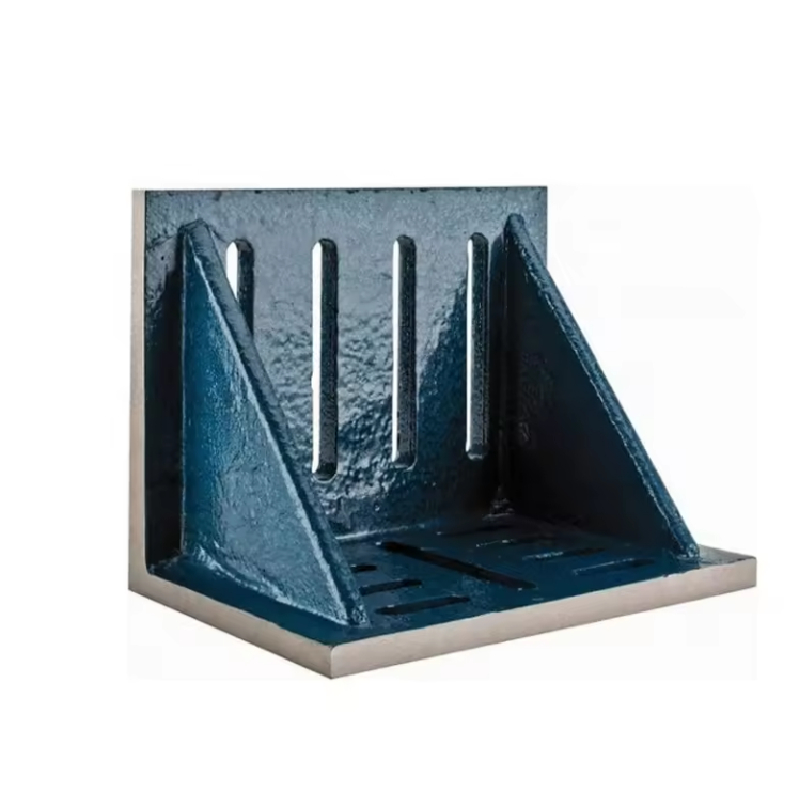Aug . 11, 2024 17:44 Back to list
Creating Enhanced Visual Representations through Optical Composite Imagery Techniques and Applications in Various Fields
Understanding Optical Composite Images Techniques and Applications
In the realm of remote sensing and imaging technology, the concept of optical composite images plays a pivotal role in the visualization and analysis of various environmental phenomena. These images are constructed using data from multiple spectral bands captured by satellites or aerial sensors. By combining these bands, researchers and scientists can create enhanced visuals that reveal information not discernible in single-band images. This article delves into the techniques used to create optical composite images, their significance in various fields, and the challenges associated with interpreting these images.
Techniques for Creating Optical Composite Images
Optical composite images are generated through a method known as image compositing, which amalgamates data from different wavelengths of light. Typically, sensors on satellites capture imagery across various spectral domains—visible light, near-infrared (NIR), and short-wave infrared (SWIR). Each of these spectral bands provides unique information about the Earth's surface.
One common technique for creating optical composite images is the RGB composite. In this method, different spectral bands are assigned to the red, green, and blue channels of an image. For example, a common combination involves using the NIR band for red, the green band for green, and the blue band for blue. This combination allows for the differentiation of vegetation types since healthy plants reflect more infrared light than other surface materials. Consequently, areas of lush vegetation appear in vibrant colors, while barren lands might appear in shades of brown or gray.
Another popular technique is the False Color Composite (FCC), primarily used to highlight specific features such as water bodies, vegetation, and urban areas. By manipulating the wavelengths and assigning them to different color channels, false color composites can emphasize features that may not stand out in true color imagery. For instance, in an FCC image utilizing the NIR band, water bodies can be depicted as a darker shade, contrasting sharply with the bright greens of healthy vegetation.
Applications of Optical Composite Images
optical composite image level

Optical composite images have a wide array of applications across various fields. In agriculture, they are instrumental for monitoring crop health and managing irrigation. By analyzing the spectral reflectance data captured in these images, farmers can identify stress in crops before it becomes visible to the naked eye, thus aiding in timely interventions.
In environmental science, optical composites facilitate the monitoring of deforestation, changes in land use, and impacts of climate change. Researchers can efficiently track changes over time and assess the health of ecosystems, ultimately aiding in conservation efforts. Similarly, urban planners utilize these images to analyze urban sprawl, assess greenery, and plan for sustainable development.
Challenges in Interpretation
Despite the numerous advantages of optical composite images, challenges remain in their interpretation. Atmospheric conditions, such as haze or cloud cover, can distort the data captured by sensors, leading to inaccuracies. Additionally, the skilled interpretation of composite images often requires knowledge of the spectral characteristics of various land cover types, which may not always be readily available.
Moreover, the integration of multiple images over time or across different sensors can lead to inconsistencies due to sensor calibration differences. To mitigate these issues, researchers employ various preprocessing techniques, including atmospheric correction and radiometric calibration, to enhance the clarity and accuracy of the composite images.
Conclusion
Optical composite images serve as a remarkable tool for visualization and analysis in various scientific fields, providing insights that drive decision-making processes from agriculture to urban planning. As technology advances and methods improve, the potential applications of these images will continue to expand, helping us better understand and manage our dynamic environment. Embracing the complexities of image interpretation while leveraging the benefits of optical composites will play a crucial role in our efforts to foster sustainable development and protect our planet.
-
Ball Valve Body Types — Durable, Customizable, In StockNewsNov.05,2025
-
Spline Gauge Precision | Custom Design & ISO CertifiedNewsNov.04,2025
-
Ball Valve Body Types: Durable, Corrosion-Resistant BuildNewsNov.03,2025
-
Knife Edge Ruler | Precision Straightedge for InspectionNewsNov.03,2025
-
Inspection Ruler – Precision Measuring, Durable & CertifiedNewsNov.03,2025
-
Types of Micrometer: Pro-Grade Sets, Thread & StandardsNewsNov.03,2025
Related PRODUCTS









